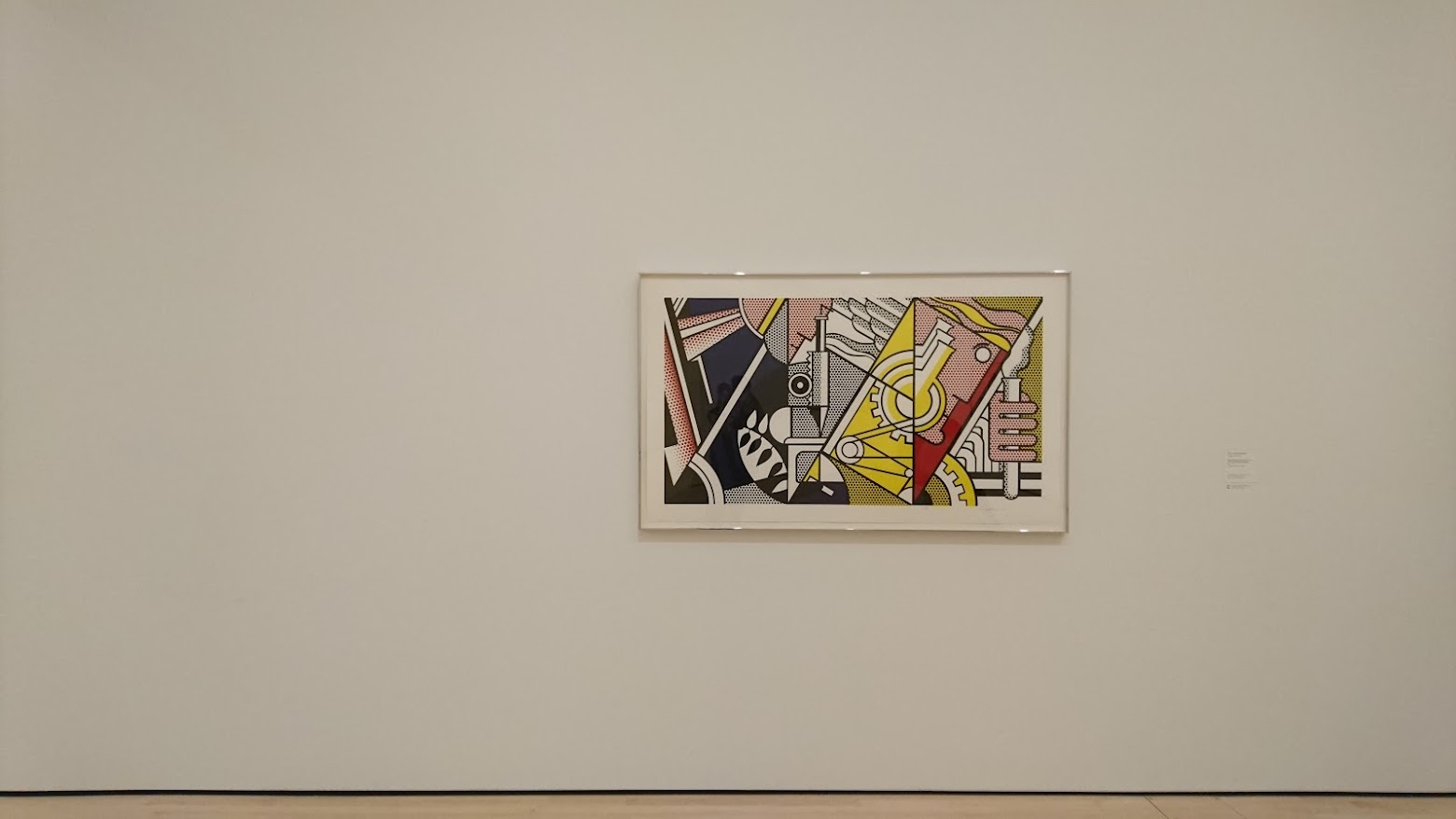
006 : Modern Art
17th October 2022
Preface
What this essay isn't; a long well thought out article covering all aspects of art thought-out the ages.
What I hope this essay is; an attempt at understanding the public’s view on modern art, why modern art is important, and why it doesn't matter whether or not a three-year-old could do it.
Intro
You’ve probably done it, walked into an art gallery and spotted a nice painting of a country-side setting with rolling hills and a summer haze, and thought – at least subconsciously – “That’s nice. That looks like real life. The person who painted this clearly has talent. I could never do that.” All the while subconsciously equating realism with skill and talent.
You then move on and find yourself staring at a puzzlingly blank canvas with a red square to one side. You may even have thought. “What is this? I could do this. Hell, a three-year-old could do this.” You then start thinking “Why is this lauded? I just don’t get it. All these arty types have clearly lost the plot.”
I’ll attempt to explain how we got here and what it tells us about art and ourselves.
Set-up
Before photographs, being able to replicate picturesque landscapes on canvas was a super-power. Perspective, light, colour, texture; it was all required to absurdly high levels. The people with the talents to do this were highly respected and of great importance, thus cementing their position in society with high status. Usually commissioned by the wealthy to depict religious imagery, artists took the role and created art for everyone, that is, for everyone who visited a place of worship.
An Embarrassingly Incomplete Tour
Baroque

I think most people would look at Caravaggio’s “The Taking of Christ” and admire the skill, detail, and sheer size of the piece. This archetype of early 17th century Baroque is currently housed in the national gallery of Ireland in Dublin. It’s realism is breath-taking, its size reassuringly large, the use of black and white, pure magic. There is clear movement in the piece and a real sense of urgency and chaos. I think most people would look at this and appreciate the work and skill required and that Caravaggio himself was a true master of his craft.
Contented with this we move on to the next piece.
Impressionism
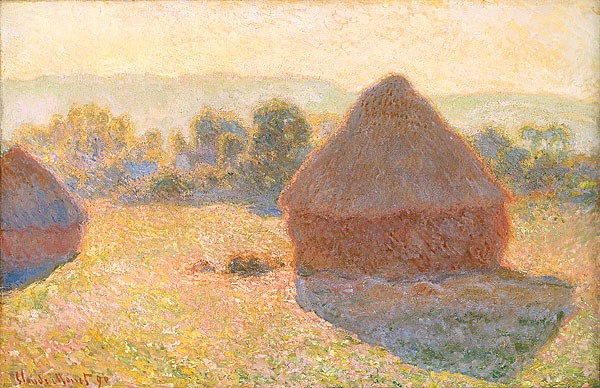
Impressionism was a 19th century art movement with emphasis on the accurate depiction of light. The next piece we happen upon is one of the many “Haystacks” by Monet. This is a hazy feeling painting. Still somewhat “real” looking, but more of a “mood” than a real life scene. The Summer haze permeates the whole piece giving a real sense of warmth.
I can appreciate the skill of the artist and the scene that’s presented is almost reminiscent of a memory of a haystack. We’re slowly moving away from realism it seems. Let’s move on.
Expressionism
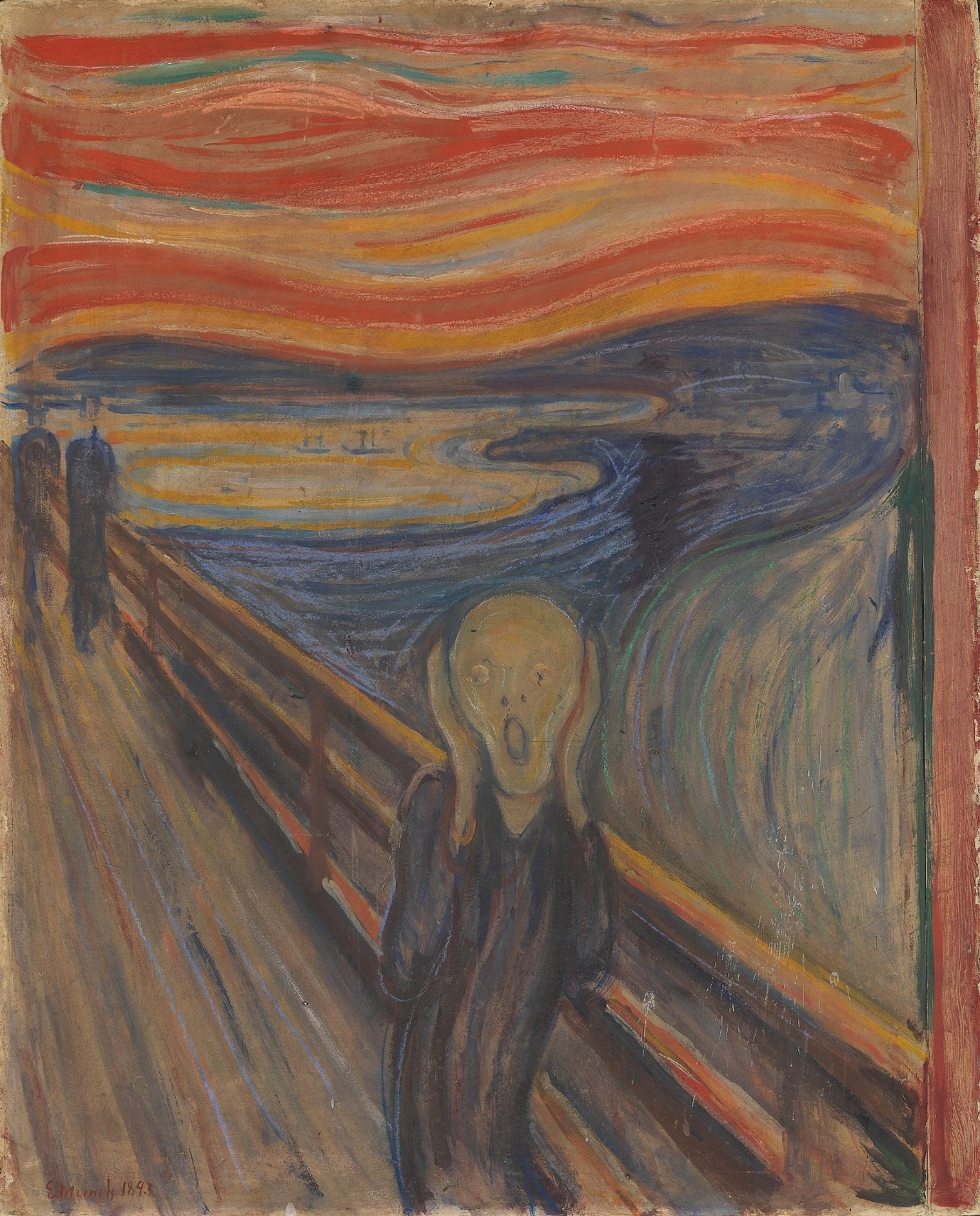
Expressionism really puts emotions to canvas, exaggerated for effect.
Ah yes, I know this one. “The Scream” by Edvard Munch. Clearly not a true to real life image, but I can understand what the artist was feeling. An overwhelming sense of terror. Interesting. Ok let’s move on.
Surrealism
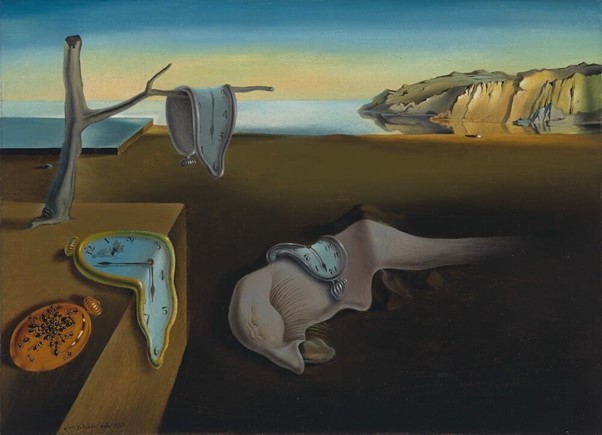
Surrealism is a faction of another movement called dada. Unfiltered thoughts and incongruous juxtaposition.
Ah yes I know this too! Well I know the artist, Dalí. This is “The Persistence of Memory”. My initial thoughts are that this is a bizarre painting. Clocks melting in a barren landscape. What does it mean? I’m outside my comfort zone here. I don’t really get it. Let’s see what the next piece is.
Abstract Expressionism
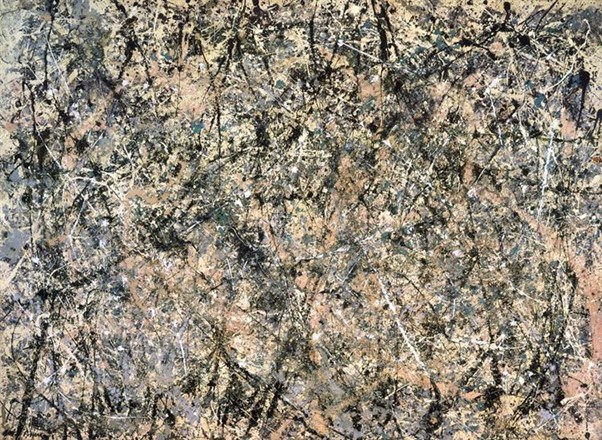
We’re in the realm of pure emotion here. Not painting a “thing” or object.
This is just paint spattered on a canvas… What the hell is this supposed to be? I don’t get this at all. Is this what counts for skill in the art world?? This is starting to annoy me. Why should something like this be respected, when it’s only a bit of paint blurted onto a canvas? Ugh. Right, what’s next?
Pop Art
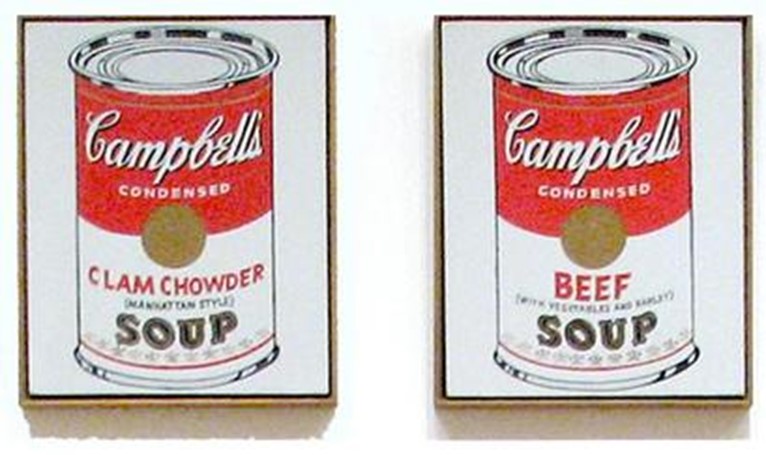
Pop art explores the relationship between artistic expression, advertising, and celebrity culture.
Cans of soup on canvas?! How is this art?? How can this get any stranger...
Found Art

*Observes a urinal in the middle of a gallery*, right I’m done.
Picking up the Pieces
Up to impressionism, art makes tacit sense to the most of us. We look at a piece, and admire the skill involved and the likeness to reality. This approach serves well up until we see more abstracted art, where these properties are not now necessarily the focus.
“How do you feel when you look at this piece?” Is really what’s being asked, and what has been asked throughout the ages, it’s just that it’s been easier to give a “concrete” answer to it when it’s a rolling hill, or a portrait. So while we may have learned that art is about rewarding skills that can replicate our world, that isn’t the whole story. Different kinds of skills can reveal emotion on a canvas or an impression of a scene without having to do this explicitly.
Confession
I must admit that in my own history of art appreciation, I followed this course. I would look at a modern art piece and think, “what is this about?” or “what was the artist’s intention with this?”. While the latter is still a valid question, it’s perhaps not the best question to ask. The context in which the artist created the piece is dependent upon their own history, the state of society at the time, and indeed their own state of mind. Knowing all this could give the viewer a keen insight into the piece, but what is just as valid (and far easier to experience) is how does the piece make the viewer feel? What thoughts does it conjure? Do you like the style? Colours? Textures?
There are many things that art can do: serve as a backdrop to discuss society, ideas, and reflect on the current state of being. Or to simply inspire us and fill us with wonder. We can focus on the artist and their particular journey or we can simply observe and experience the piece. Both are fine.
Collision
The problem then arises when the two worlds, that of the layperson and the art specialist meet. Dialogues muddle resulting in isolation, elitism, anger, and frustration. This then leads to disinterest in art to the layperson.
Below is a clip from a BBC Two show Class Dismissed of comedian Micky Flanagan being taken on a guided tour around a modern art gallery by BBC Arts Editor Will Gompertz. Flanagan expresses his not understanding why something is considered important or indeed art at all, one example being a canvas which has a slash through it. I feel that Gompertz really doesn’t acknowledge the gaps between the two and only further widens the gap with his trying to justify the pieces rather than address the core misunderstanding.
I feel that this is largely the impression that modern art has with the public.
Conclusion
So what does this tell us about Art? Art, like many things is subjective. Each piece doesn’t have “an answer” as to what it’s about. It is there to be observed. Don’t like it? Move on. Find something you do like.
What does it tell us about ourselves? Often we look for answers in things, hidden meanings, art does not require this. Your impression of a piece can really say more about you than the piece. Art can serve as a mirror to ourselves, and maybe even make solid thoughts we hadn’t been able to articulate.
Take-aways
Art is for everyone. Forget what the inner circles of art dictate important, leave that for them to quarrel over. Go to a gallery and ask yourself how a piece makes you feel. Make an opinion, keep an open mind, and maybe forget whether or not a three-year-old could do it. ▢